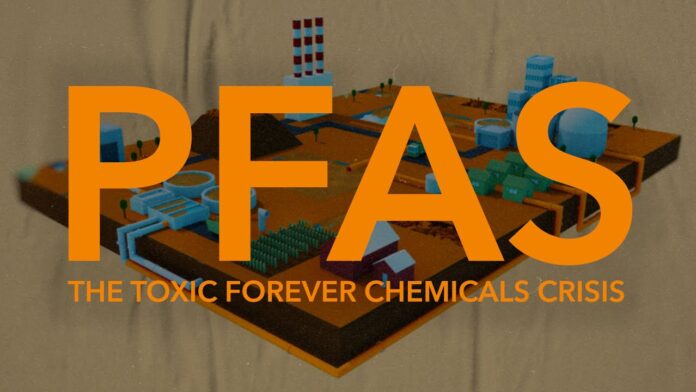Picture this: you’re sipping tap water, unaware that invisible chemicals, known as PFAS, lurk within. Per- and polyfluoroalkyl substances, or PFAS, are making headlines in 2025 as their persistent presence in our environment sparks urgent action. These “forever chemicals” don’t break down easily, seeping into water, soil, and even our bodies. Just this week, on May 14, 2025, the Environmental Protection Agency (EPA) announced a controversial rollback of Biden-era limits on certain PFAS in drinking water, raising alarms across the U.S. This decision, affecting over 158 million Americans exposed through their water systems, has ignited debates about safety and regulation. Let’s dive into the latest developments shaking up the PFAS landscape and what they mean for you.
PFAS Rollbacks: A Step Backward?
The EPA’s recent move to weaken limits on some PFAS chemicals, while maintaining strict standards for two common types (PFOA and PFOS at 4 parts per trillion), has stirred outrage. Critics argue this rollback undermines years of progress in tackling these toxic substances linked to cancer, heart disease, and low birth weight. The Biden administration’s 2024 rules set a precedent by establishing the first federal drinking water standards for PFAS. Now, with nearly 12% of U.S. water utilities exceeding those limits, the EPA’s decision aligns with utility lawsuits claiming regulatory overreach. Meanwhile, posts on X reflect public frustration, with users questioning why protections are being scaled back when PFAS exposure remains a growing threat. This development leaves communities wondering: are we safe?
PFAS in Your Backyard: Local Testing and Global Bans
Beyond federal policies, local efforts to combat PFAS are gaining traction. In South Dakota, the state launched river testing in spring 2025, uncovering PFAS like perfluorooctane sulfonic acid at Mount Rushmore National Memorial. The state’s $250,000 grant to clear PFAS from fire departments and schools shows a proactive stance. Globally, France made waves in February 2025 by banning PFAS in cosmetics and clothing, though exemptions for firefighting gear remain. Canada, too, is stepping up, adding 163 PFAS to its National Pollutant Release Inventory in 2025 to track their use. These actions highlight a global push to curb PFAS, but challenges persist.
| Region | Action Taken | Date |
|---|---|---|
| South Dakota | River testing for PFAS | Spring 2025 |
| France | Banned PFAS in cosmetics, clothing | Feb 20, 2025 |
| Canada | Added 163 PFAS to pollutant inventory | Mar 2025 |
Innovations and Alternatives to PFAS
Hope isn’t lost. The market for PFAS alternatives is booming, with a 2025-2035 forecast predicting growth in silicon-based materials and bio-based solutions. Textiles and food packaging lead the charge, driven by consumer demand for safer products. Treatment technologies, like advanced oxidation and membrane filtration, are also evolving to tackle contamination. A May 3, 2025, post from @ScienceNews on X highlighted bulky molecules mimicking PFAS properties without their enduring bonds, offering a promising path forward. Yet, with over 15,000 PFAS variants, replacing them all remains a Herculean task.
Why You Should Care About PFAS
Imagine PFAS in your pizza box or raincoat silently building up in your body. These chemicals, found in everything from cookware to wildlife, pose real risks—liver damage, infertility, and weakened immunity, to name a few. The National Green Tribunal in India raised concerns about PFAS in Chennai’s waterbodies in October 2024, a reminder of their global reach. You can act by choosing PFAS-free products and supporting stricter regulations. Stay informed, because the fight against forever chemicals is far from over. Will 2025 be the year we turn the tide? Only time—and our collective action—will tell.
